CLARKSBURG — The Louis A. Johnson Medical Center is continuing to grow and expand, as well as improve, services already in place for veterans.
Paul Carter, acting nurse executive, said they encompass three main focuses: Chaplain services, social work and nursing.
A new pilot program that will begin mid-March at the VAMC is a health advocate program. Veterans were saying they didn’t have enough time to talk with their doctors or weren’t getting enough face time with them, Carter said.
“Nationally, the VA wants to improve that experience, so we were selected to do the pilot that runs through Sept. 30, 2019,” he said. “There are three options: The dragon, which is a voice system to do the documentation; a scribe to go along with the provider to do the documenting; (or) a coach scribe that documents but also educates them, plans of care and explains medications.”
At the end of the pilot, they will look to see what model worked best with feedback from veterans and site surveys. Carter said then, hopefully, they will have another member to add to those teams.
Dr. Pramoda Devabhktuni, chief of staff, said this program came about because veterans voiced concern about not having enough face-to-face time with their doctors.
“This gives them more time to spend with the patient and the other work is taken care of by someone else,” she said. “The doctor doesn’t have to turn away from the patient.”
Derek Coughenour, the acting associate director, said they have been adding new services in particular within pharmacy, health administration services and facilities.
“We are pleased to have a new infection disease clinical pharmacist who specializes in the optimization of antimicrobial treatment, so to be able to tell things like pneumonia, whether it’s hospital based or community acquired,” he said.
The infectious disease clinical pharmacist came on board in 2016. In 2017, the VAMC is looking toward the addition of clinical pharmacists to their Patient Aligned Care Teams, Coughenour said. These teams consist of a medical doctor, nurse practitioner, licensed practical nurse and a physician’s assistant and sometimes a clerk.
“With the addition of pharmacists, they will assist in pharmaceutical treatments and be intimate with that team,” he said. “They can help with the overall treatment of that patient on the spot.”
Dr. Glenn Snider, VAMC director, said this will give the veterans another person to look to when they want or need more answers.
“They will help with the medication, answer questions, make sure they understand, works with them on compliance, and, while all that’s being done, prescriptions are being filled at our pharmacy,” he said. “A pharmacist in the clinic is a new concept to the VA. We believe it will improve the care that the patient gets and improve the satisfaction.”
Although the pharmacists haven’t been added to the Patient Aligned Care Teams this year, they have been selected and are being placed, Coughenour said. In health administration, they are looking forward to Veterans Appointment Request, or VAR.
“This will give vets the ability to schedule primary care visits by smart phone, computer or tablet,” he said. “This just started at the beginning of 2017.”
The new system is empowering the veterans to make their own health care choices, and that’s a major advantage, Coughenour said. They will be able to utilize feedback from the veterans, as well.
There are a few new projects with the facilities aspect coming up. One is the community living center that will be on the fifth floor.
“There will be a complete redesign with 25 patient beds. It’ll enable us to provide improved service with regard to nursing care and subacute rehab. We are hoping that we are operational and functional later this year,” he said.
Another project is the recent activation of the new Highland warehouse, Coughenour said, which houses the logistics department and sterile processing outfit.
“It’s really a catchall at Highland and allows us to have overflow stock. It’ll still be considered primary stock in a sense, but we will still have a full supply of medical equipment and office supplies here at the medical center,” he said. “What the project at Highland allows us to do is have the appropriate amount of medical equipment on hand and free up vital space within the medical center so we can realign to better meet patient care needs.”
Looking to the future, the possibility of new specialty care clinics would be anything outside of traditional primary care and a villa for a mental health residential rehabilitation.
“The villa project will house 15 beds. We are looking at getting designs back this summer and hoping to move that forward,” Coughenour said. “The program is for mental health, psychological treatment, post traumatic stress disorder and serious mental illnesses.”
Snider mentioned the program is much more than just seeing a doctor, it will be an all day rehabilitation program.
“It’s just like being in the military. First thing in the morning, you’re up, have breakfast and your entire day is planned with therapeutic interventions,” he said. “Some of them are going to be recreational so the veteran learns how to use his or her spare time in a positive way instead of in a negative manner.”
Throughout the program, patients will learn life and coping skills, Snider said. All of this will be happening while they get treatment for an underlying disorder, whether it’s drug addiction or needing psychological and emotional care.
In addition to that, the VAMC is anticipating the expansion of their primary care services to create a new ambulatory care suite. The unit will be positioned where the entrance is to the main building, according to Coughenour.
“We’ll reconfigure the entrance but this is really to help enhance and expand access to patients. It will allow for additional providers and give them adequate space to provide the best care for the patients,” he said.
This will be a fifth primary care hallway with a fifth patient alignment care team. Although there is no completion date for that yet, Snider said details are being finalized by engineers and architects for the time being.
Coughenour mentioned the design is completed, but the project has to be looked at from the impact it will have on the organization before they commit to any start or completion dates.
Over the last year, the staff at the VAMC have continued to make improvements and offer more services for the veterans. Carter said they began a new chaplain program in 2016.
“The chaplain program we’ve implemented this past year to help improve patient experience is called Popcorn for the Soul,” he said. “This is where they hand out popcorn in the cafeteria for anyone who walks by and a devotional along with it.”
A spirituality and wellness group is also offered at the Community Based Outpatient Clinics, so the chaplains can reach out to those veterans, Carter said.
“We also offer a spirituality and pain management group. We try to teach alternatives to treatment and one of those is spirituality,” he said. “So the chaplain will go and give a presentation to the veterans during those sessions.”
The VAMC has also been extremely successful in their Housing and Urban Development-VA Supportive Housing, HUD-VASH, program, Carter said.
“The team not only met the goal for their vouchers, which is a way for a patient to get assistance with housing, they exceeded it,” he said. “We’re one of the highest in our network success with that. In addition to being higher than that, we were given an additional 12 vouchers for the Wood County area.”
Carter said the additional vouchers are needed in that area because it’s a larger area with more homelessness challenges.
“These vouchers are part of the VA’s desire to decrease homelessness and eventually do away with homelessness. One of the many things the VA does is help a homeless veteran not only get the medical care, psychiatric or mental healthcare, but also a warm place to stay, food, and shelter,” said Dr. Glenn Snider, VAMC director.
They are always looking for ways to improve the wellness and life of veterans who are experiencing difficulties, Snider said. The VAMC also works with the local community to help keep them in the area.
“We are continuing to work with local property owners to offer affordable housing to the veterans,” Carter said. “Sometimes it’s a challenge with those working in oil and gas. We have to stay within the allowable payments for the VA. We try to partner with the property owners to focus on the veterans.”
Along with that, the VAMC offers home based primary care which allows veterans who aren’t able to come to the hospital to still receive the same care at home, Carter said.
“The VA staff goes to the veteran’s home to provide that primary care. That’s not just a visiting nurse, that’s a physician, a middle level provider, on occasion a PA or nurse practitioner, pharmacist, social worker, occupational therapist, physical therapist, to get as much in the home as we can,” Snider said. “This is for those veterans who have difficulty traveling or are too ill to travel. They may not be ill enough to be in the hospital but they need care, so we go to them.”

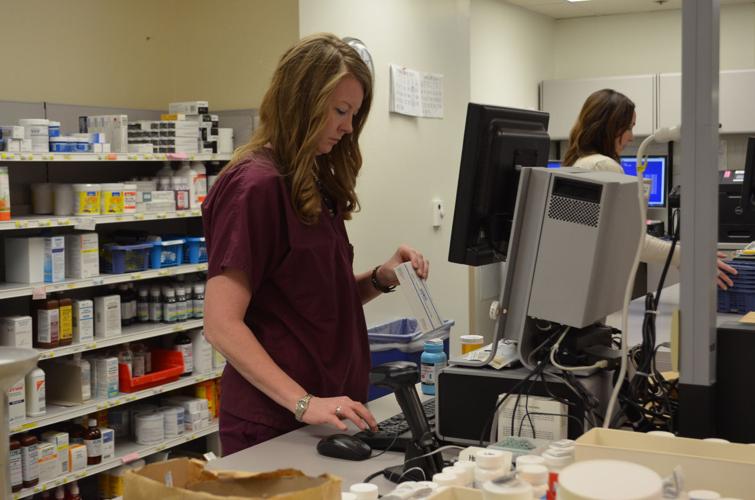
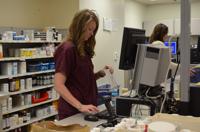
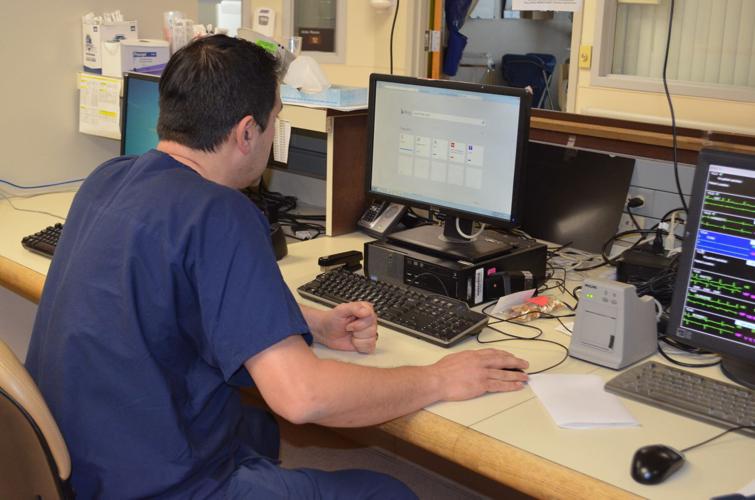
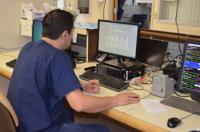

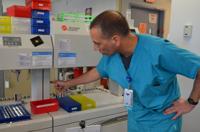



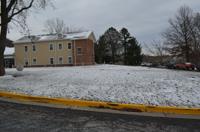

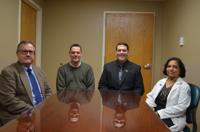
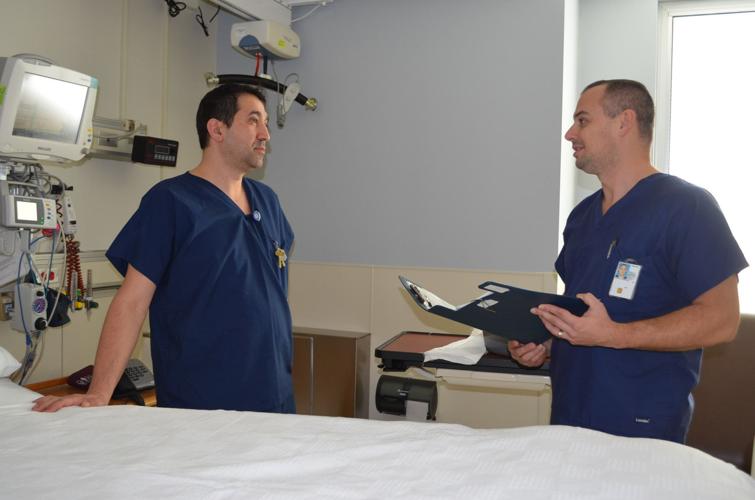
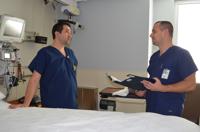

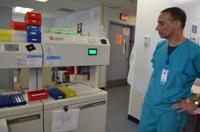

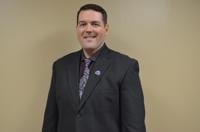

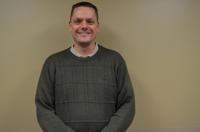

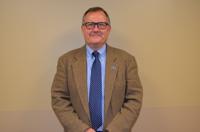
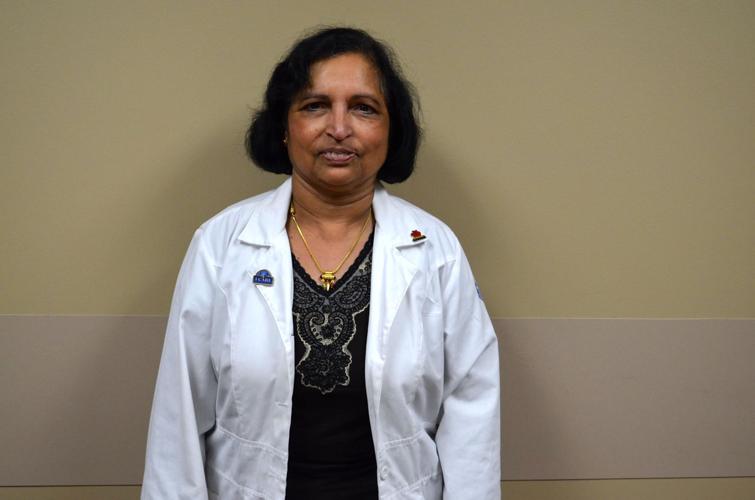
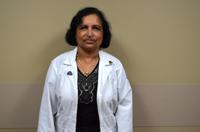












Post a comment as Anonymous Commenter
Report
Watch this discussion.
(0) comments
Welcome to the discussion.
Log In
Keep it Clean. Please avoid obscene, vulgar, lewd, racist or sexually-oriented language.
PLEASE TURN OFF YOUR CAPS LOCK.
Don't Threaten. Threats of harming another person will not be tolerated.
Be Truthful. Don't knowingly lie about anyone or anything.
Be Nice. No racism, sexism or any sort of -ism that is degrading to another person.
Be Proactive. Use the 'Report' link on each comment to let us know of abusive posts.
Share with Us. We'd love to hear eyewitness accounts, the history behind an article.